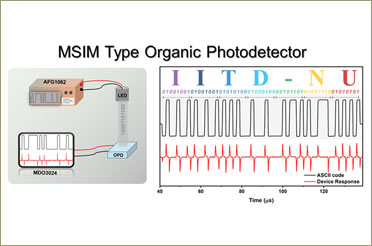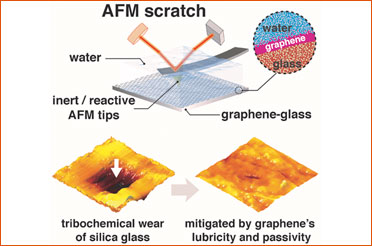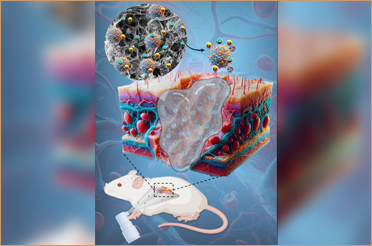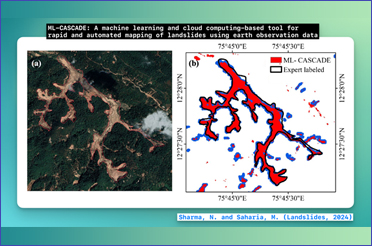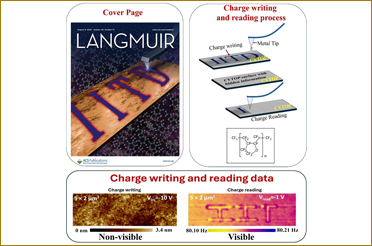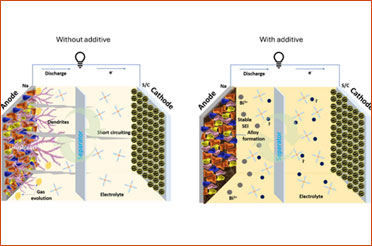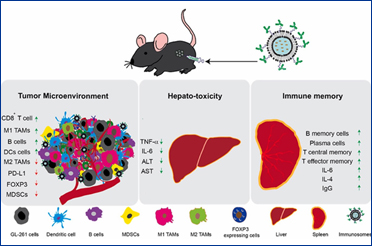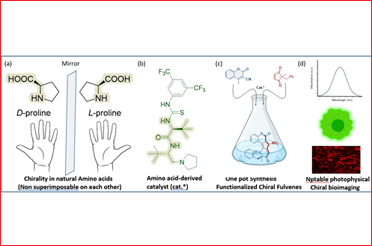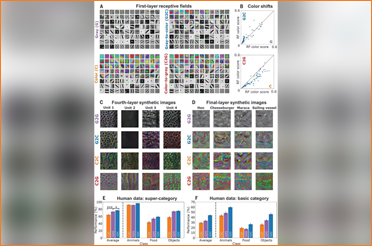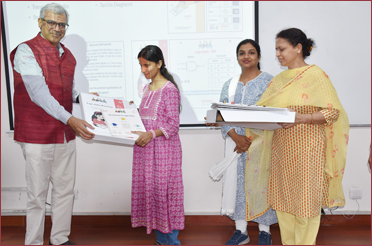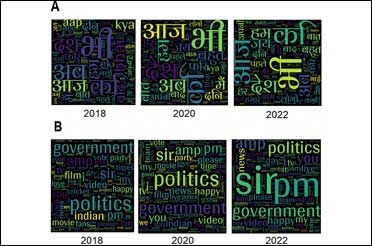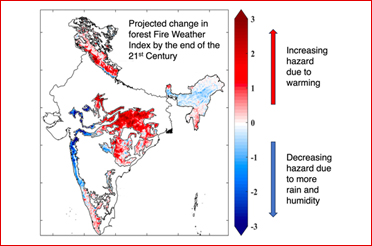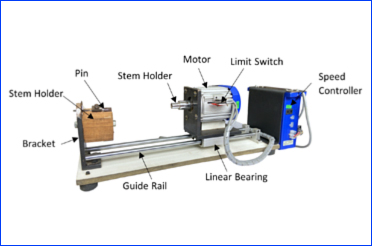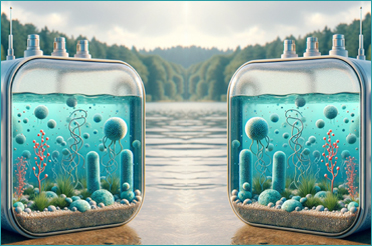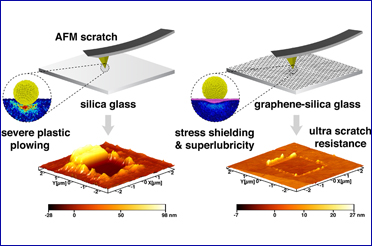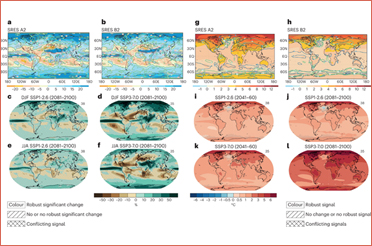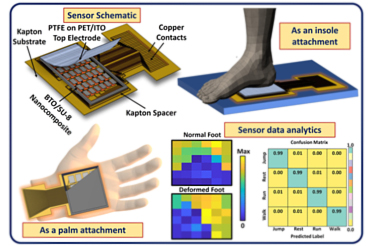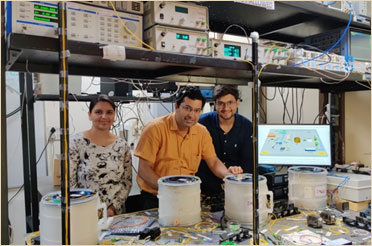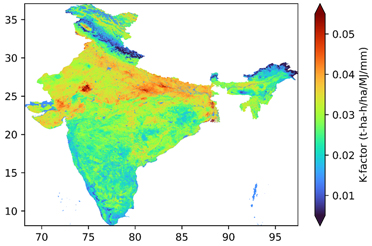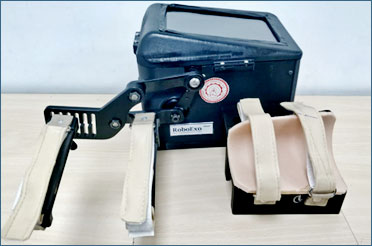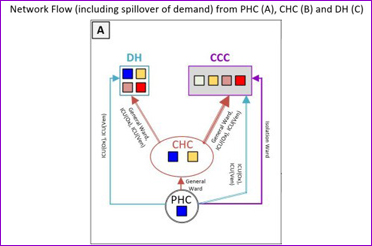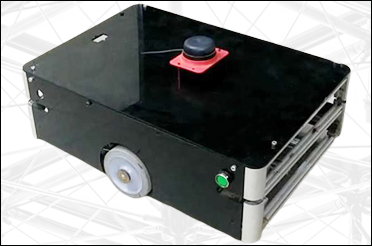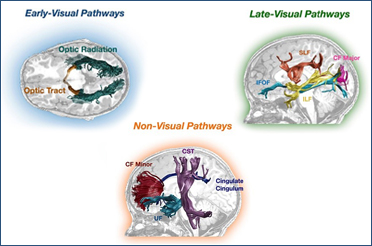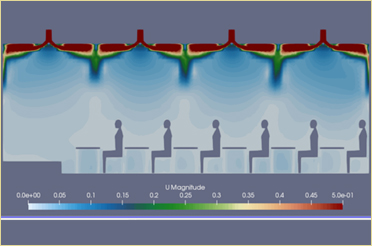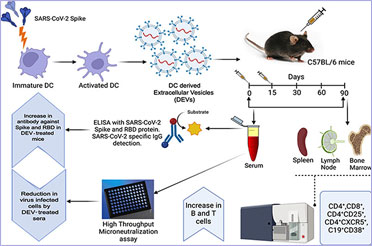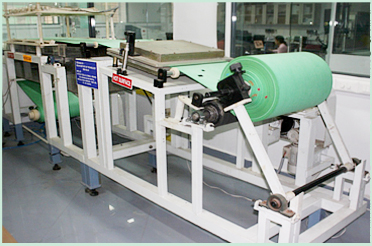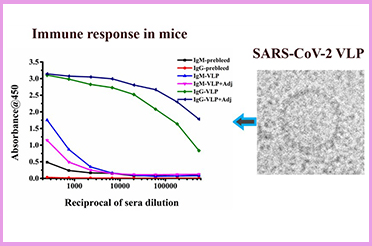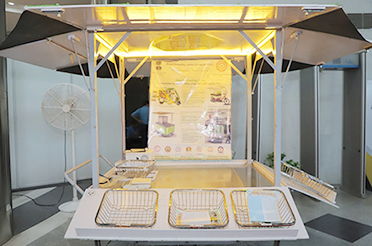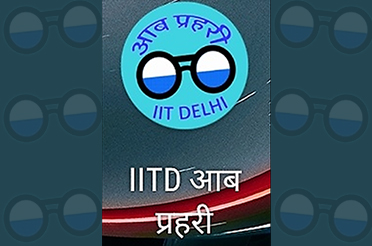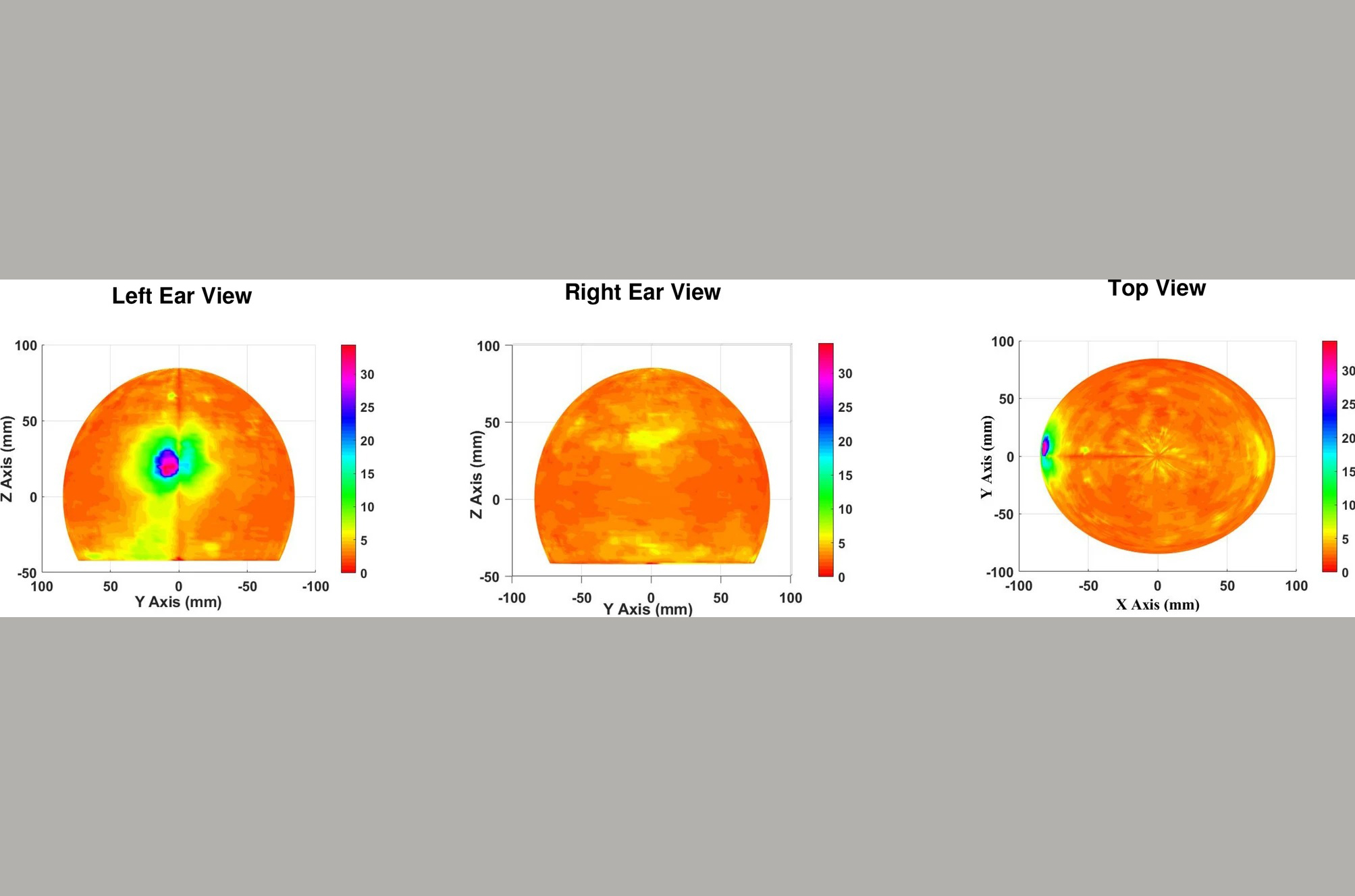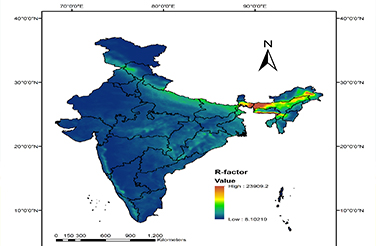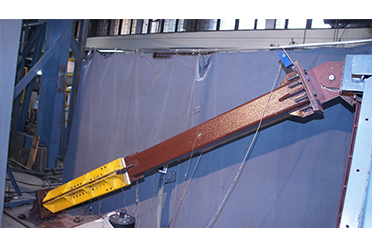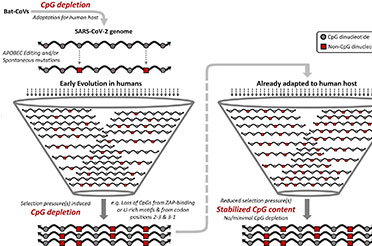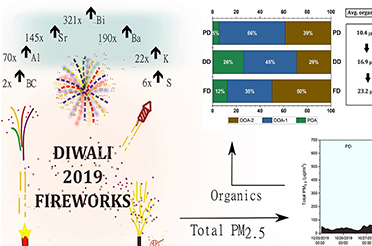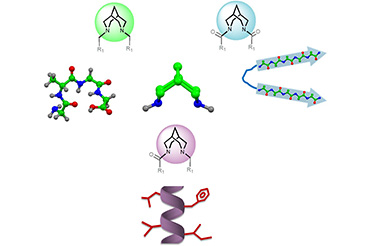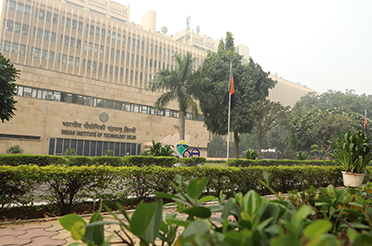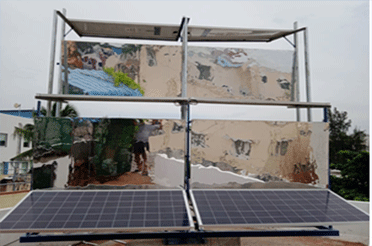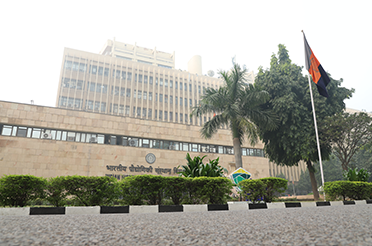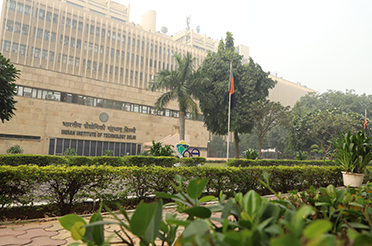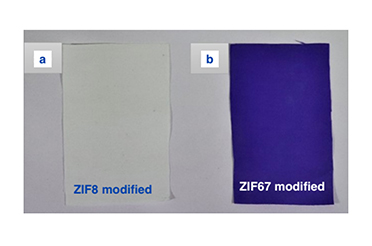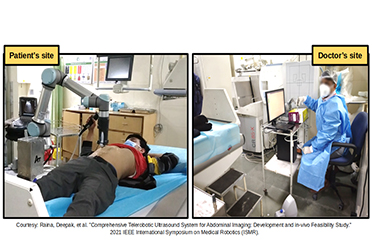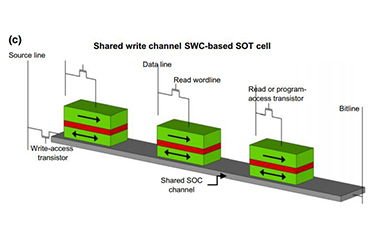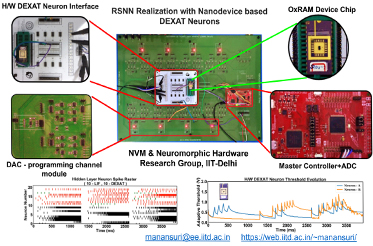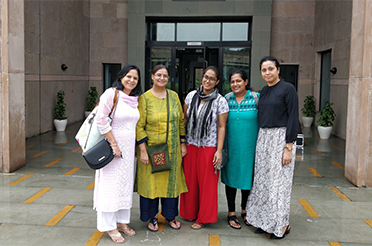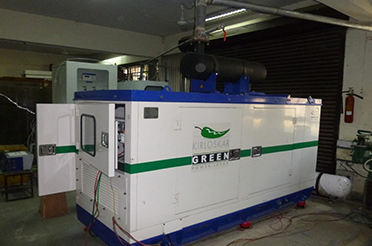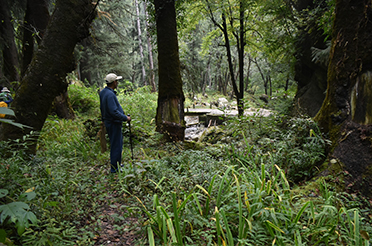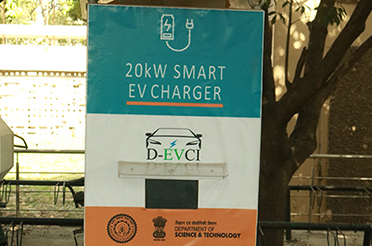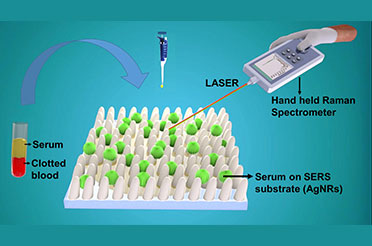Publish Date: July 8, 2022
Researchers at IIT Delhi Demonstrate How Polyarylquinone Molecule Can be Synthesized Easily
Share this on
Polyarylquinone is used in industries such as pharmaceuticals, optoelectronics, and bio-imaging
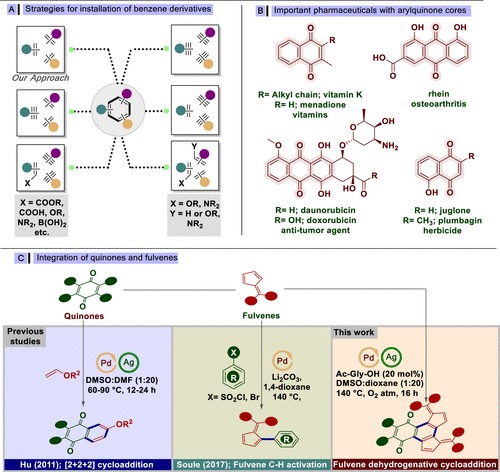
New Delhi: The ability of man to replicate the molecules of living creatures, and create other molecules like them, is a remarkable development in human history. By employing sophisticated catalytic reactions and appropriately designed reaction processes, chemists can synthesize not only the molecules of nature and their analogues, but also countless other organic molecules for potential applications in many areas of science, technology and everyday life.
Polyarylquinone is a molecule that is used in various industries such as pharmaceuticals, optoelectronics, and bio-imaging. However, their synthesis is often challenging and plagued with various bottleneck steps.
Now, IIT Delhi researchers in a study has demonstrated how polyarylquinones can be synthesized easily by simple relayed addition of fulvene (a five-membered ring compound) on quinones (six-membered ring structure) with the help of a Pd (Palladium metal) catalyst.
The study, published in reputed international journal ACS Catalysis (https://doi.org/10.1021/acscatal.2c00175), also found that ‘polyarylquinones’ can be used as an antioxidant, in chemotherapy and optoelectronics.
“Aryl quinones-based chemotherapeutic drugs are already present in the market, but our molecule shows a promising result by observing better cytotoxicity than previously discovered aryquinone doxorubicin drug. Since the need of the hour is to develop a technology that decreases the cost and manpower and dependence of the country on the import of active Pharmaceuticals, this will open the paths for industries and ultimately benefit would pass to society,” said lead researcher, Prof. Ravi P. Singh, Department of Chemistry, IIT Delhi.
The other research team members include Abhijeet Singh, Shreemoyee De, Prof. Neetu Singh (all from IIT Delhi) and Dr. Vincent Gandon from the University of Paris-Saclay, France.
**********


